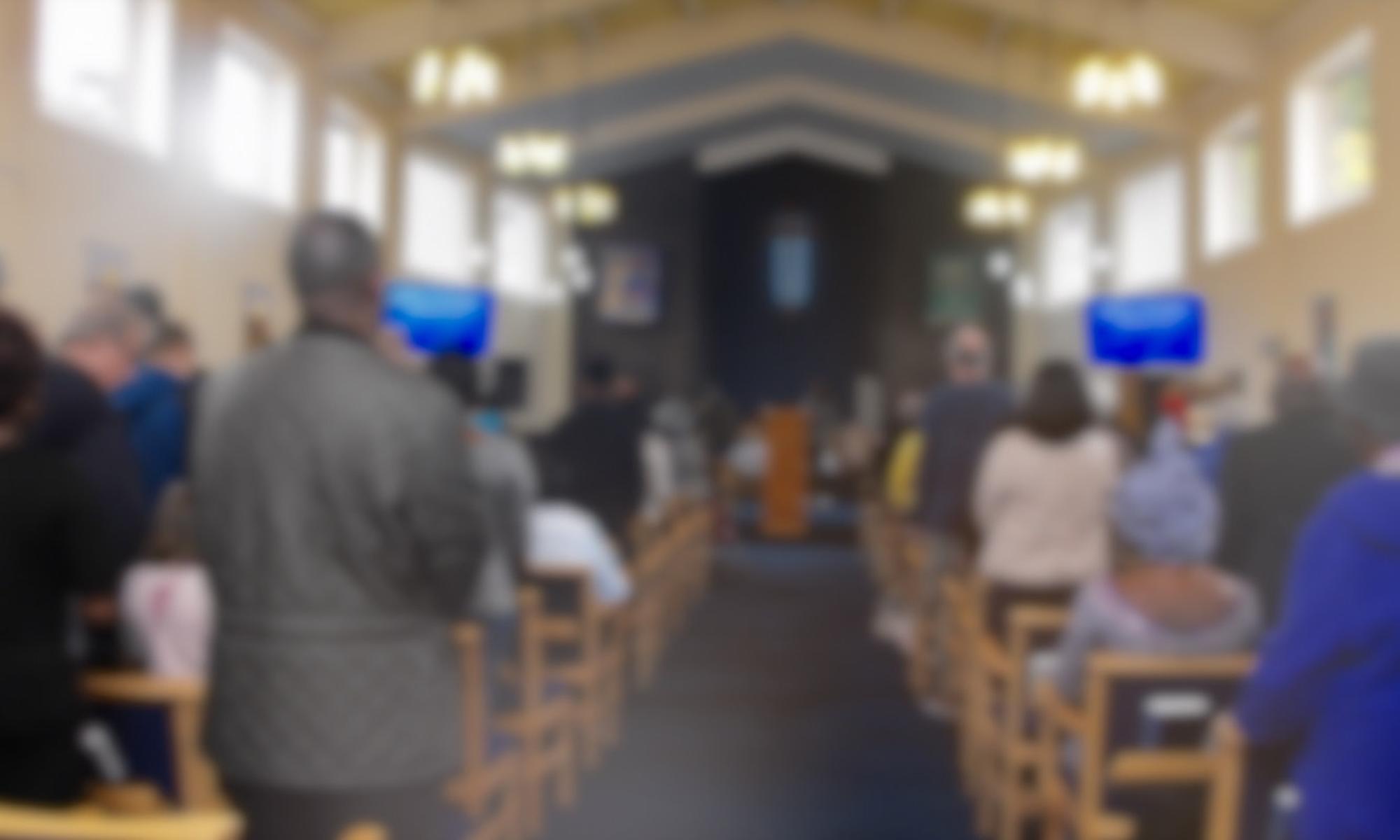Chapter 4.
Verse 1: It seems that Micah is talking about the last days, “end time”, what Eugene Peterson’s “The Message” phrases as being “when all is said and done”. Can we apply this to our world now? Many people believe we are heading into the “end times”. Regardless of whether you believe this or not, I would suggest we can still learn from it about what God wants for us and how He works.
This prophecy is about Jerusalem. How can we translate it to our lives now? Does Revelation 21 (the image of a new Jerusalem) help?
Verses 1-3: If you look at Isaiah 2:2-4, which I suggest you do, you will see it is identical to what Micah is saying in these verses.
Verse 4: Here is a great image of people living in peace, because God is in charge. Not only are weapons made into tools but God’s people can chill in the shade of their own vine. On the rare occasions I get down to do some serious work at our allotment, there are usually 1 or 2 small groups of men sitting and drinking and chatting in the shade. It always looks much more inviting than digging!
If you look at 1 Kings 4: 25 you will see that the positive notion of sitting under the vine/tree image would have been familiar for Micah’s audience.
It is a proverbial image meaning shalom: peace, stability, goodness, justice.
What would your ideal images be for representing everything being good because God is in charge? What gives you that feeling?
Verses 6-13: Micah tells us about the promise that God is able to do mighty things, transforming our broken world, lifting up the downtrodden, bringing peace and justice.
Do you really believe that God can do such things? How? What situations can you pray for this to be so?
